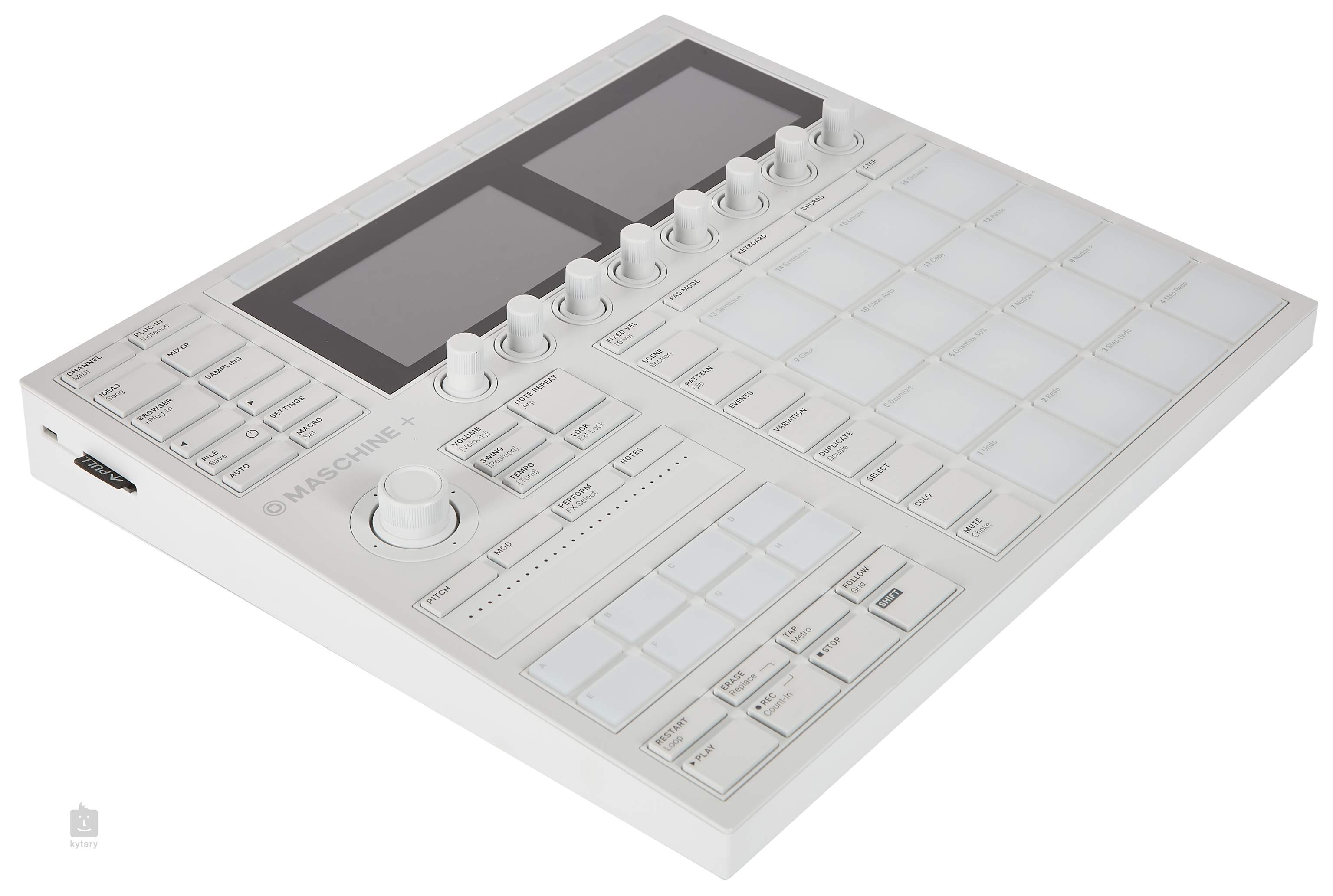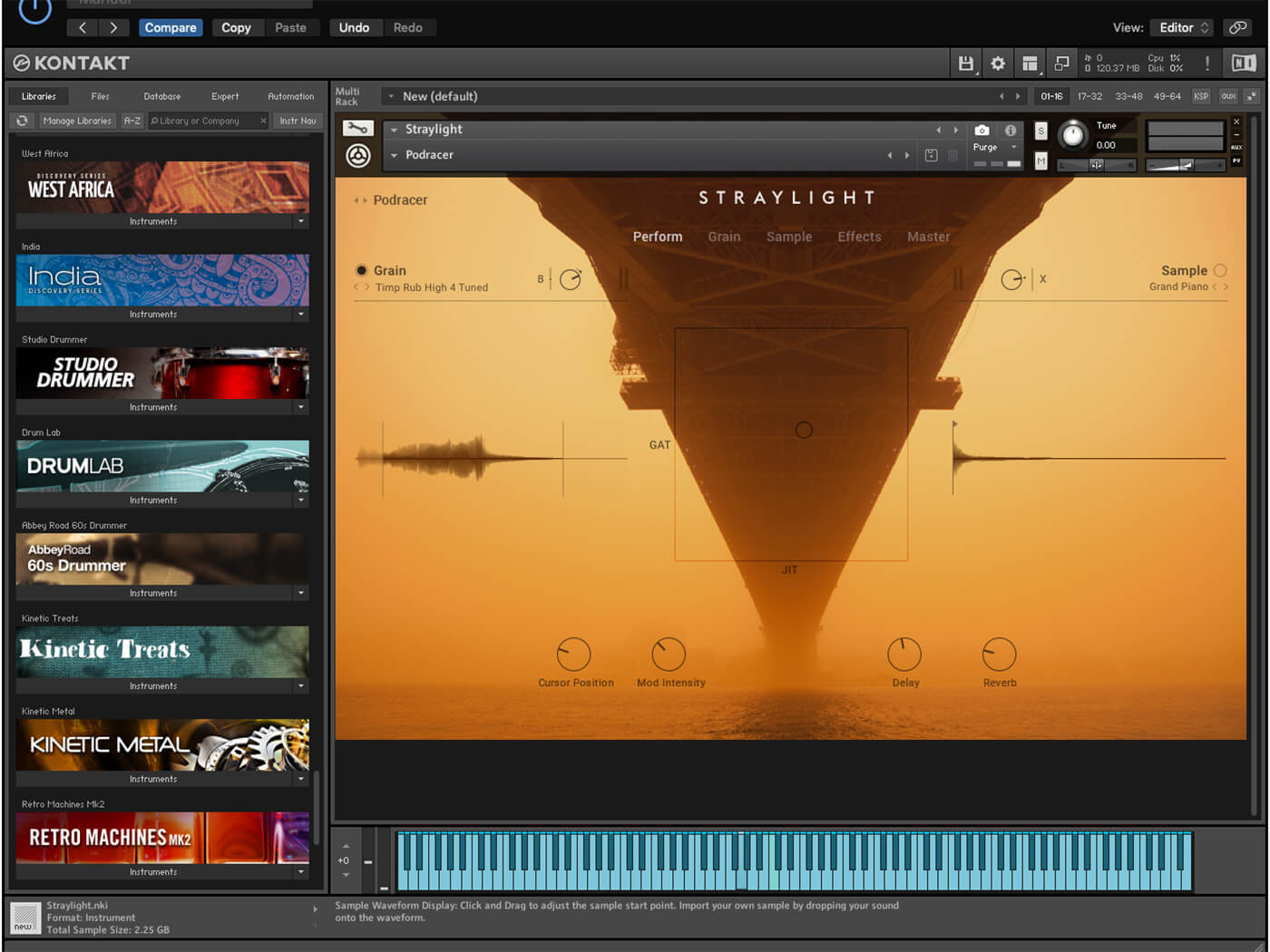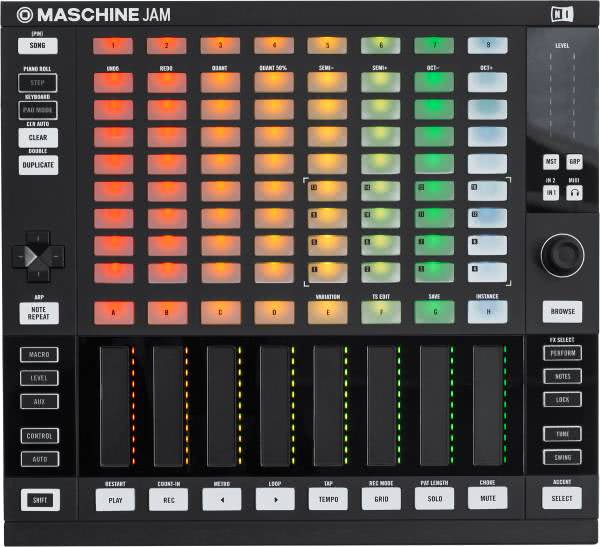

- #DIFFERENCE BETWEEN NATIVE INSTRUMENTS SOFTWARE SOFTWARE#
- #DIFFERENCE BETWEEN NATIVE INSTRUMENTS SOFTWARE CODE#
To build a native app in a device and platform-friendly way typically means that the device will have to be built completely from scratch. The nature of a native app is that it’s built to function on specific devices and operating platforms. While native apps have some incredible functionality and features, there are disadvantages to embarking on building a native app. App security is held to a certain standard for apps that exist on app stores, so there’s a higher level of safety and security that comes with native apps. While native apps have to go through the grueling process of getting approved to be accessible via app stores, this process gives users peace of mind. On top of that, since native apps are on the phone, they are regularly working in the background, processing data and updating even when the app is not in use. This means the app doesn’t need to be connected to a network to access the app! Since all the information already is integrated into the device, it’s possible to work offline, a functionality not possible at all with web apps. Because native apps are developed to communicate seamlessly with devices, they typically operate at a faster, smoother pace than web apps. Native apps are built the way the name indicates - to natively work with a device’s operating system.

#DIFFERENCE BETWEEN NATIVE INSTRUMENTS SOFTWARE SOFTWARE#
Software development toolkits have been created to help ease the development process when embarking on app inception and creation. There are tons of developer tools and interface elements that exist to help make building a new native app easier. Native apps have a variety of resources that developers can use that make the app development process easier than the web app development process. In some smartphones, the app can control devices and act as a controller itself. and can access specific hardware like GPS. The native app can work much faster by harnessing the power of the processor. There is an aspect of “behind the scenes” in the native app that is presenting web content within the app itself sans browser. The benefits of the native app are that it can work independently of the web, but most are pulling information or function from the web. Mobile eCommerce share is growing rapidly as shown by BI Intelligence highlighted by JMango360Ī user-friendly app experience is crucial to business success as the world rapidly moves more towards mobile experiences. People are not only spending much more digital time on mobile devices but also buying on mobile devices more often as well. It’s no secret that apps and mobile experiences have become a larger share of how people browse, shop, and interact with companies.ĭigital minutes are now spent largely on mobile devices rather than computers (Source: JMango360) Visualization of Native and Web Facebook App UX by Pandasuite BlogĪs an agency that primarily works with saas and software companies, we are no stranger to the challenges and benefits of both native and web apps and identifying the right choice for your app’s intent.īefore we get started on native and web apps, let’s identify why making the right app choice for your business is a key decision. A web app works via a web browser on the smartphone but requires either a cell signal or wi-fi to function.

#DIFFERENCE BETWEEN NATIVE INSTRUMENTS SOFTWARE CODE#
The simple answer is a native app is built using the phone operating system's code and the other is basically a website.Ī native mobile app is one that is installed directly on the smartphone and can work, in most cases, with no internet connectivity depending on the nature of the app.


 0 kommentar(er)
0 kommentar(er)
